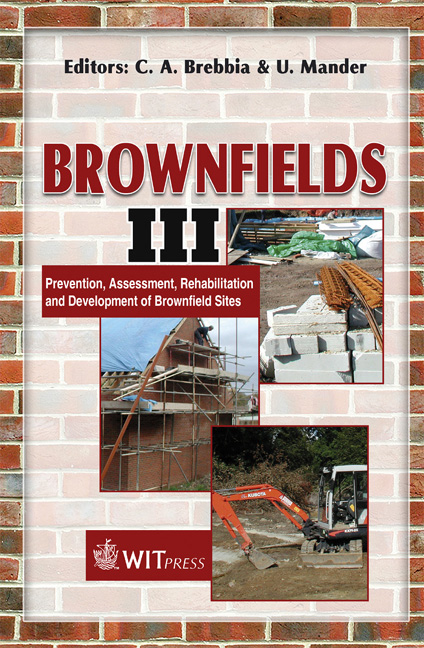Toward The Integration Of Brownfield Rehabilitation And Planning Methodologies: Case Study Of Keihin Industrial Area, Tokyo, Japan
Price
Free (open access)
Transaction
Volume
94
Pages
11
Published
2006
Size
1562 kb
Paper DOI
10.2495/BF060141
Copyright
WIT Press
Author(s)
A. Murayama, K. Banno, S. Ishii, T. Kurose & T. Sato
Abstract
Keihin Industrial Area (KIA) is the largest industrial area in Japan that has supported the country’s rapid economic growth in the twentieth century. Now KIA calls for the integrated methodology of brownfield regeneration and planning as it gradually changes from the heavy industrial base to a new urban area that potentially contains research and development institutions, light industry, business and commercial facilities, housing and other uses. The paper, after introducing the current framework for brownfield rehabilitation in Japan and the current planning of KIA, presents key factors to be considered in establishing an integrated methodology for KIA regeneration. Keywords: Tokyo, brownfield rehabilitation, land use planning, methodology. 1 Introduction Tokyo is the largest urban region in the world containing more than 34 million inhabitants in the four prefectures of Tokyo, Kanagawa, Chiba and Saitama [1] (Figure 1). Industrial areas of various sizes are dispersed throughout the region, but the largest concentration is in Tokyo Bay Waterfront Area that holds Keihin Industrial Area (4,400 ha) and Keiyo Industrial Area (4,700 ha). These industrial areas were the engines of Japan’s economic growth in the twentieth century, but
Keywords
Tokyo, brownfield rehabilitation, land use planning, methodology.




